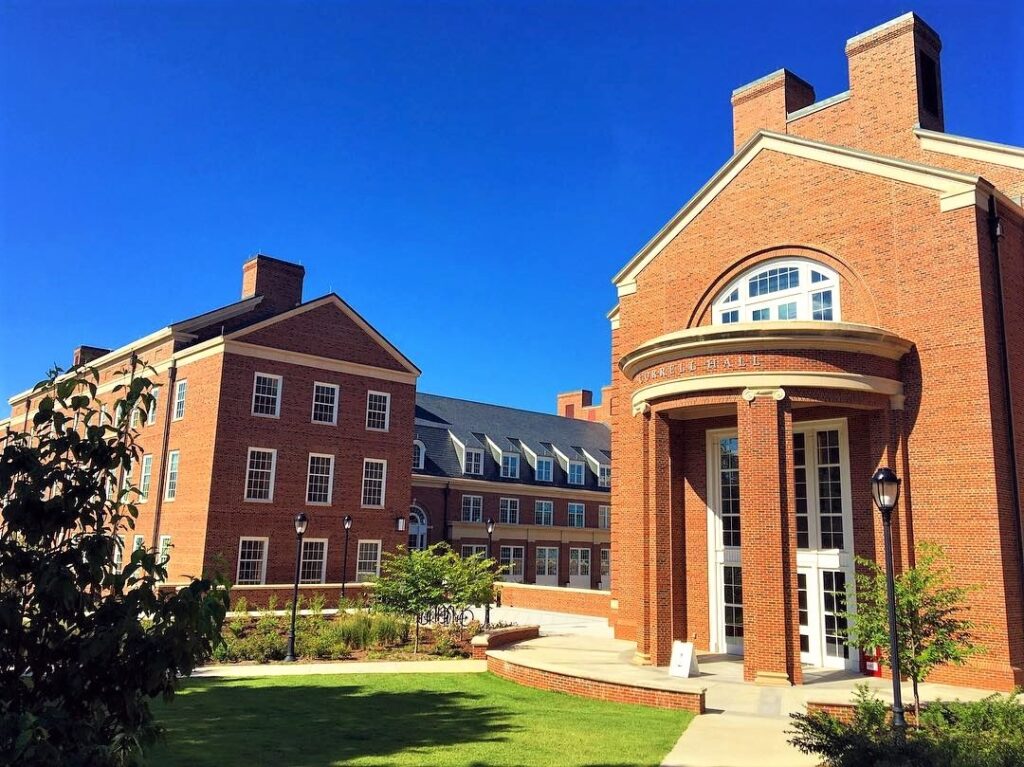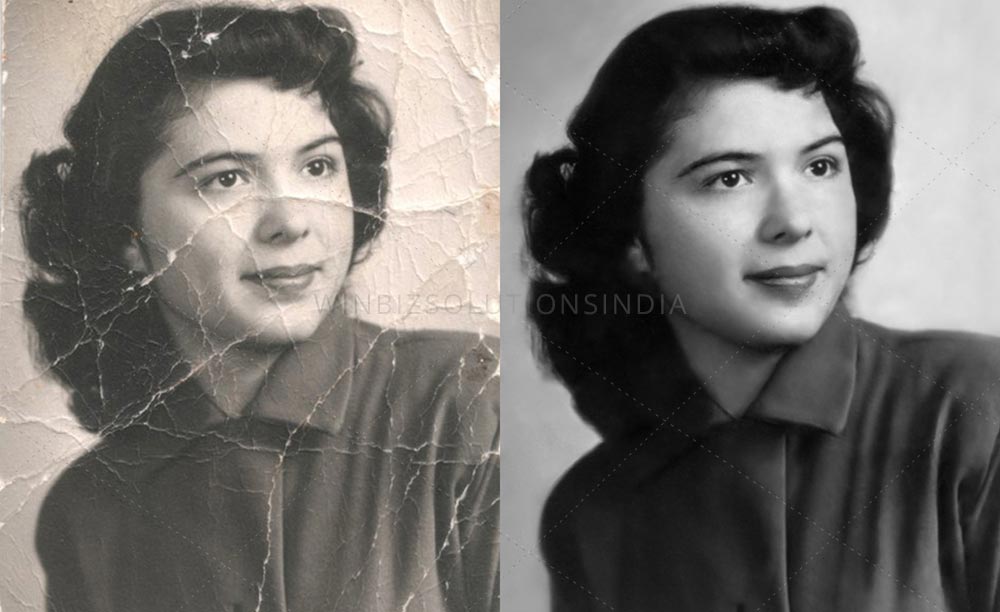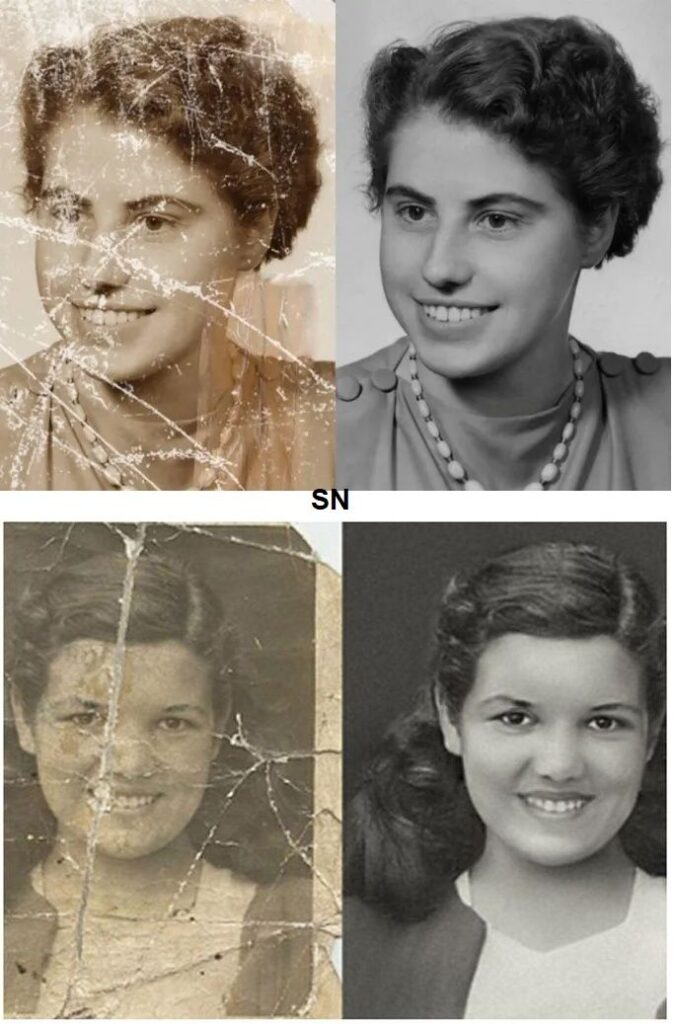As we all know, digital innovation is taking over today’s society. I’m sure we all went on our phones recently, opened up Instagram, and saw people posting pictures of themselves on the stories that AI has created for them. In this blog post, I will be talking about the idea of how much potential AI has and how much impact it has on taking the jobs of art/graphic designers.
AI has been around for the longest time, and for the good and the bad. So far, I would say AI is here to negatively impact the art world. AI algorithms can generate unique and complex artworks, including images, videos, and even music; however, I strongly believe that AI generating complex artworks is the most relevant and common thing in today’s date. AI-powered design tools can generate graphics and layouts with minimal human input, potentially reducing the need for graphic designers in certain aspects of the design process.
Below, there are two images of the Terry College of Business. One of the photos was taken by a regular photo camera and the other photo was generated by AI art (GoArt). When comparing both, we can see a strong similarity between these two images. Now think about this, imagine someone wanted a “graphic design” of the Terry College of Business. They will not go out of their way to find someone, pay them a lot of money, and wait a while to create this design. Instead, they can have an AI algorithm create this complex artwork within seconds, paying almost nothing out of pocket, and give a very accurate replicated design of the actual photo. In other words, AI can significantly speed up the design process, allowing businesses/people to produce more content in less time, potentially reducing the need for multiple graphic designers (twinbru). Similarly, AI-powered augmented reality is making it possible to add digital elements to physical artworks, creating interactive and immersive experiences for viewers. It is used to enhance images, adjust color balance, and perform other tasks that would typically require a graphic designer. This is also shown in the pictures provided below, where there is additional digital elements added to the artwork compared to the original photo, which makes it stand out even more thus giving it a unique look. As seen in the photos provided, AI can be trained to automatically generate graphics and visual content, such as infographics, charts, and illustrations.


In addition to all this, AI is also very helpful in restoration and preservation. AI algorithms can now help restore and preserve damaged or deteriorating artworks by analyzing and repairing digital copies. Does anyone else find this very cool and interesting? Think about it, you have a very old photo that is in a not-so-well condition that you want to bring back to life. Sure, you can browse around and find photo stores that do restoration and preservation, but is that really the ideal thing to do? For me, it is not. Instead, I will use AI to bring back the life of a photo instead of going out of my way and having high expectations of someone else restoring it by hand or by an outdated machine. I have attached a couple of photos below to show an example of how accurately and precisely AI was able to restore and preserve these photos. This relates back to the fact that AI is taking over the jobs of graphic designers; sure, a graphic designer could possibly do the same, but it won’t be as accurate, cheap, or time effective compared to what the AI is capable of doing.



Not only this, but AI is taking over the game by also being able to evaluate and authenticate artwork; something graphic designers/ art experts will struggle with when asked to do so. AI algorithms are being used to evaluate and authenticate artwork furthermore results to help reduce fraud and counterfeiting in the art world. In the article (Artnome), there was a famous painter by the name of Max Ernst that was known for his amazing paintings; he had a masterpiece that he had made but it was not put up on auction. Unfortunately, there was another person that committed fraud by copying the same exact painting (using different materials) and putting that painting up on auction under Max Ernst’s name (and of course, it was an estimated sale of £2,500,000-£3,000,000). Although the original painting was designed in 1927, the thief was able to replicate it and sell it back in 2006 before getting caught (Artnotme). Now in today’s society, that will be challenging for someone that is trying to commit art fraud. With AI, evaluating and authenticating paintings and artworks have never become easier with the Art Recognition algorithm. This tool looks at brushstrokes and fabricates an easy-to-read heat map that pinpoints and determines which areas of the painting are “unusual”. Using this tool in today’s society will reduce fraudulent sales, and even save people nearly thousands or millions by avoiding fraudulent artworks.
Sources:
Can AI Art Authentication Put An End To Art Forgery? — Artnome
Fotor’s NFT Creator – GoArt, Turns Your Digital Photos into NFT Artworks